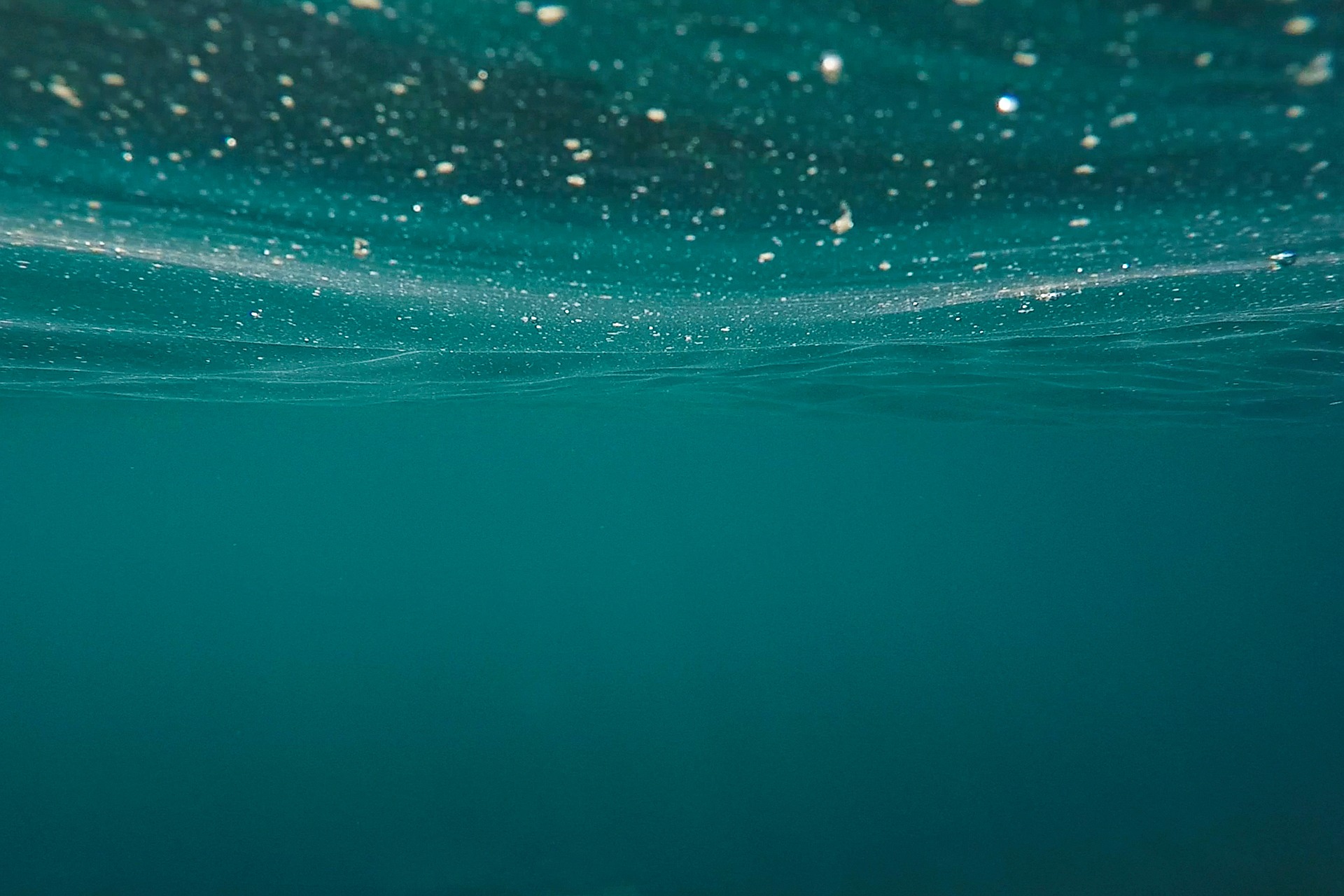Understanding Bass Fishing and Water Temperature
Posted by Monster Fishing Tackle on Oct 16th 2023
 Bass fishing is a dynamic and ever-evolving sport that challenges anglers to understand the nuances of fish behavior and adapt their strategies accordingly. Among the many factors that influence bass activity, water temperature is a crucial element that can make or break a day on the water. In this blog post, we'll dive into the fascinating relationship between bass fishing and water temperature and how it impacts your chances of landing a trophy catch.
Bass fishing is a dynamic and ever-evolving sport that challenges anglers to understand the nuances of fish behavior and adapt their strategies accordingly. Among the many factors that influence bass activity, water temperature is a crucial element that can make or break a day on the water. In this blog post, we'll dive into the fascinating relationship between bass fishing and water temperature and how it impacts your chances of landing a trophy catch.
The Basics of Water Temperature
Water temperature is a primary driver of bass behavior. Understanding the following temperature ranges is key to success:
60°F and Below: In colder water, bass tend to be less active and lethargic. They'll move to deeper, more stable water to conserve energy. Slow presentations like jigs or soft plastics are effective.
60-70°F: This is the spring and fall "sweet spot." Bass become more active, moving to shallower waters to feed. Crankbaits, spinnerbaits, and topwater lures excel during these periods.
70-75°F: As water warms, bass become more aggressive, often going after a wider range of baits. Soft plastics, jerkbaits, and swimbaits are effective.
75°F and Above: In warmer water, especially during the summer, bass can become less active during the hottest parts of the day. Focus on early morning or evening fishing. Techniques like frogging and flipping work well in heavy cover.
Seasonal Changes
Spring: As water temperatures rise in spring, bass move to shallower waters for spawning. This is a prime time for using crankbaits, spinnerbaits, and soft plastics near their spawning beds.
Summer: During the summer, bass are often found near structure, as deeper water provides relief from the heat. Deep-diving crankbaits, Carolina rigs, and drop shots are effective for summer bass.
Fall: The cooling temperatures of fall trigger bass to feed voraciously. Topwater lures, crankbaits, and jerkbaits can produce exciting results.
Winter: Bass become less active in colder water. Slow and finesse techniques, like jigging and using finesse worms, are often the best bet.
Adapt and Experiment
While water temperature provides a general guideline, it's essential to be adaptable and experiment with various baits and techniques. Fish don't always follow the rulebook, and local conditions can influence their behavior.
Summary
Understanding the relationship between bass fishing and water temperature is a critical skill for anglers. By monitoring water temperatures and adjusting your tactics accordingly, you can significantly increase your chances of a successful day on the water. So, embrace the science of bass behavior, gear up with the right lures, and head out to explore the ever-changing world of bass fishing. Remember, it's not just about the thrill of the catch; it's about the journey of understanding these remarkable creatures and their environment.
